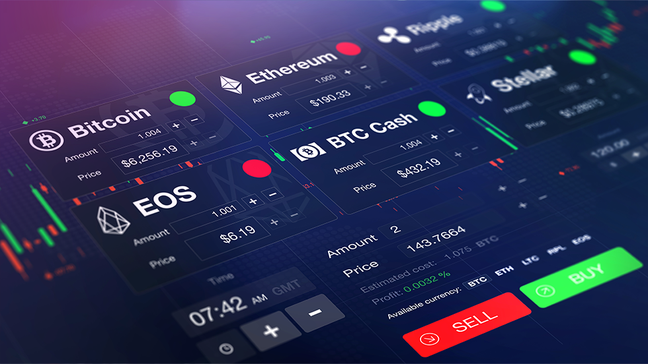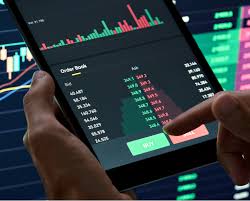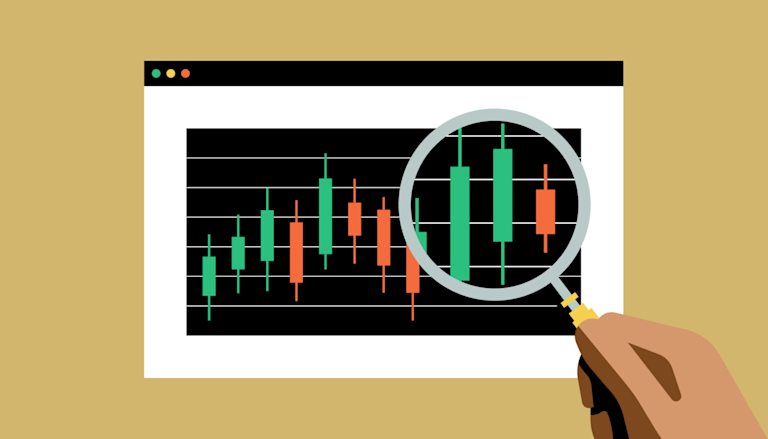
Crypto Trading Strategies: A Comprehensive Guide
In the rapidly evolving world of cryptocurrencies, traders constantly seek effective strategies to maximize profits and mitigate risks. Understanding different crypto trading strategies can empower you to navigate this volatile market. For those interested in learning more, you can find additional insights at Crypto Trading Strategies https://www.livingfreeintennessee.com/category/blog/page/34/.
Understanding the Basics
Before diving into specific crypto trading strategies, it’s essential to familiarize yourself with some fundamental concepts. Crypto trading involves exchanging cryptocurrencies for one another or for fiat currency on various exchanges. The primary goal is to buy low and sell high, but achieving this consistently requires an understanding of market trends, price patterns, and various trading strategies.
1. Day Trading
Day trading is one of the most popular strategies among crypto traders. This technique involves making multiple trades within a single day, taking advantage of small price fluctuations. A day trader typically closes all positions by the end of the day to avoid overnight risks.
To be successful in day trading, one must have a solid understanding of chart analysis and technical indicators. Traders often rely on tools such as moving averages, Relative Strength Index (RSI), and candlestick patterns to make informed decisions. Moreover, day traders need to stay updated with market news and trends, as any significant event can drastically affect cryptocurrency prices.
2. Swing Trading

Swing trading is a medium-term strategy that aims to capture price moves or “swings” over a period of days to weeks. Unlike day traders, swing traders hold onto their positions longer, hoping to profit from market trends rather than day-to-day fluctuations.
This strategy requires a good grasp of both technical and fundamental analysis. Swing traders often use chart patterns and indicators to identify potential reversal points. They also pay attention to news events that could influence the overall market sentiment, providing them with a better idea of when to enter and exit trades.
3. Scalping
Scalping is a high-frequency trading strategy that focuses on making small profits from numerous trades throughout the day. Scalpers aim to capitalize on tiny price movements, often entering and exiting trades within minutes.
This method requires quick decision-making skills and a reliable trading platform with low fees to protect profits. Successful scalpers often rely on advanced technical analysis and automated trading bots to execute trades at lightning speed.
4. HODLing
The term “HODL” originated from a misspelled forum post and has since transformed into a strategy representing “Hold On for Dear Life.” This long-term approach involves buying cryptocurrencies and holding onto them through market fluctuations, with the belief that their value will increase significantly over time.
HODLing is suitable for investors who believe in the long-term potential of a cryptocurrency and are not concerned about short-term price volatility. This strategy requires less time and effort than active trading, making it appealing for those who prefer a hands-off approach.
5. Arbitrage

Arbitrage trading takes advantage of price discrepancies across different exchanges. When the price of a cryptocurrency is lower on one exchange than on another, traders can buy the asset at the lower price and sell it at the higher price, thus profiting from the difference.
While this strategy sounds straightforward, it requires quick execution and an understanding of transaction fees, withdrawal limits, and market trends. Furthermore, due to the rising popularity of crypto, price discrepancies between exchanges have decreased, making arbitrage opportunities less frequent.
6. Fundamental Analysis
Fundamental analysis (FA) involves assessing the underlying value of a cryptocurrency based on various factors, including technology, team, market capitalization, and adoption potential. By analyzing these factors, traders can make informed decisions about which cryptocurrencies to invest in.
FA is particularly useful for long-term investors as it helps identify fundamentally strong projects that are likely to succeed over time. By focusing on the long-term viability of a cryptocurrency rather than short-term price movements, traders can build a diversified portfolio that is less susceptible to market fluctuations.
7. Automation and Trading Bots
As the crypto market continues to grow, many traders are turning to automation and trading bots to enhance their trading strategies. Trading bots can execute trades based on pre-defined criteria, allowing traders to capitalize on market opportunities even when they are not actively monitoring the market.
These bots can be programmed to follow specific trading strategies, such as market-making, trend-following, or arbitrage. Automated trading allows for faster execution and can eliminate emotional decision-making, which often leads to mistakes in trading.
Conclusion
Developing a successful crypto trading strategy is crucial for navigating the complex and dynamic landscape of cryptocurrency trading. Whether you choose short-term strategies like day trading and scalping or long-term approaches like HODLing and fundamental analysis, it’s important to thoroughly research and understand the risks involved. By combining different strategies and continuously updating your knowledge of the market, you can enhance your trading skills and boost your chances of success in the world of crypto trading.


